#murillo
Text

Bartolomé Esteban Murillo (Spanish, 1617–1682)
The Immaculate Conception, ca.1680
The Cleveland Museum of Art
#murillo#Bartolomé Esteban Murillo#spanish#spanish art#the immaculate conception#1600s#art#fine art#the Virgin Mary#classical art#traditional art#european art#europe#european#oil painting#fine arts#europa#mediterranean#christian art#christian#christianity#christentum#catholic#catholic art#catholicism#heaven#angel#angels#putti#putto
136 notes
·
View notes
Text

Bartolome Esteban Murillo , Two Women at a Window (Spanish, 1618-1682)
#Murillo#Esteban#painting#art#paintings#17th century#1600’s#bartolome#bartolome esteban murillo#spanish art#17th century Spanish art
137 notes
·
View notes
Text

Murillo
5'6", 200lbs, knife wielder
22 notes
·
View notes
Text

Bartolomé Esteban Murillo, An Urchin Mocking an Old Woman Eating Migas | c.1660-1665
#art#painting#paintings#Murillo#bartolomeo#bartolome esteban murillo#baroque#spanish#spanish painter#spanish painting#arte español#pintura española#pintura#arte#art espafnol#arts#peintre espagnol#peinture espagnole#peintre#peinture#pintor#pintor español
41 notes
·
View notes
Text
Marshal Soult and his Murillos
A curious thing that I have found so far on checking Google Books is that, in the earliest mentions of Soult’s Murillo paintings in British newspapers, there is no mention at all of the dubious way he may have acquired them. To the contrary, the tone is, considering it’s coming from »the enemy«, almost friendly. As the Spanish government had not allowed paintings of the Spanish school to leave the country before the French invasion, only very few works by Murillo had found their way to London, and the paintings Soult had in his possession simply astonished British visitors.
It seems like it’s only after 1822, 1823, when Soult’s collection started to become renowned, when it was clear that his Murillos were indeed much better than anything British collections had to offer and when a famous art trader named Buchanan loudly claimed he was about to buy the whole of Soult’s paintings in order to bring them to London – a deal that Soult in the end did not agree to, because he rather sold his country estate than his Murillos – that every mention of the collection had to include the description »looted in Spain«.
This article in the London Magazine, Volume 6, of 1822, about a visit to his gallery was written before that. And while Soult is described in a highly condescending (but funny) tone, he’s actually compared favourably to his countrymen, just as his Murillos are compared favourably to paintings of the French school. The whole article is much longer and to be found here. I’m merely quoting the part relating to Soult.
After having mused for a long while about contemporary art and music, the author continues;
But what has all this to do with Soult and his Murillos? - nothing, save that it occurred to me as I was crossing the Pont Royal on my way to his hotel, and so completely engrossed my attention, that I was nearly run over by a cabriolet. Having finished my exordium, and escaped the wheels, I proceeded to the Fauxbourg St. Germain, and turned into the courtyard of Marshal Soult, Duke of Dalmatia, in a corner of which were four stablemen, too busy in tossing up halfpence to bestow even a look upon the visitors. Probably, his Grace has often indulged in a similar recreation, but having tossed up his halfpence to better account, he has found his way into the saloon, and left his competitors in the stableyard. A groom of the chambers having conducted us through that indispensable appendage to every French mansion, a spacious billiard-room, led us to a small ante-chamber, where we were received with a plain frank courtesy by the Marshal, a middle-sized, though somewhat corpulent personage of from fifty to sixty years of age, whose dark curling hair rendered somewhat conspicuous the bald patch in the middle of his head, while his sun-burnt complexion accorded well with his dark intelligent eye. His black stock, plain dark coat, and loose blue trowsers, which, capacious as they were, could not hide his bow-legged form, obviously suggested the soldier rather than the courtier, the Marshal rather than the Duke; though if I had encountered such a figure in London, I should rather have guessed him to be an honest East or West India captain. A Frenchman entitled by birth to similar rank and fortune would have been forward, and vain, and loquacious, amid his unmerited distinctions, but methought upon Soult's countenance there sat an air of reserve, and even awkwardness, in doing the honours of his proud mansion, as if he felt conscious that he assimilated not well with its magnificence; I could fancy him saying to himself: Here I stand, a plain soldier of fortune, consenting to use splendidly the wealth which I have acquired, and the greatness which has been thrust upon me, but disdaining to adopt in my own person any of the fopperies of state.
34 notes
·
View notes
Text

2048x1686 Adoración de los pastores, de Murillo.
Adoration of the Shepherds, painting by Bartolomé E. Murillo (Spain, 17th century).
#jesus christ#shepherds#adoration#christmas#murillo#spanish painter#spain#españa#espana#17th century
9 notes
·
View notes
Text

Bartolomé Esteban Murillo (1617-1682) - The Nativity (1665-1670). Oil on obsidian. Dimensions: Overall: 15 × 13 7/16 × 1 1/4 in. (38.1 × 34.1 cm) Frame (outer): 20 1/8 x 18 5/8 x 2 5/8 in. (51.1 x 47.3 x 6.7 cm). Museum of Fine Arts, Houston. Texas, USA
Bartolomé Esteban Murillo, one of the greatest 17th-century Spanish painters, executed The Nativity on obsidian, a lustrous volcanic black glass.
Scholarship suggests that the obsidian was originally created by an Aztec craftsman for use as a "smoking mirror," a ceremonial tool for spiritual communication and divination. Murillo used the Pre-Columbian object as a painting surface, cleverly taking advantage of the vertical inclusions in the glass to suggest heavenly rays shining down on the Holy Family.
3 notes
·
View notes
Photo

Bartolomé Esteban Murillo
10 notes
·
View notes
Text
Arte 🖼️
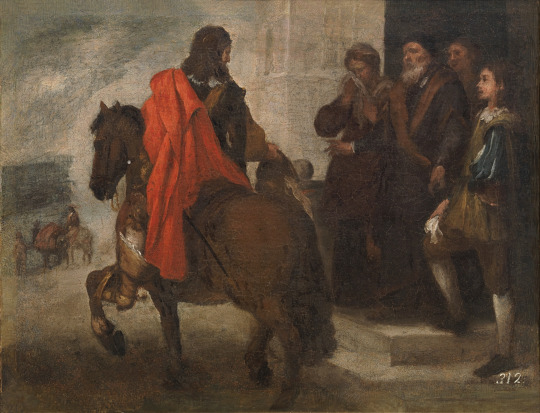
"La despedida del hijo pródigo" - Bartolomé Esteban Murillo (1660 - 1665)
12 notes
·
View notes
Photo
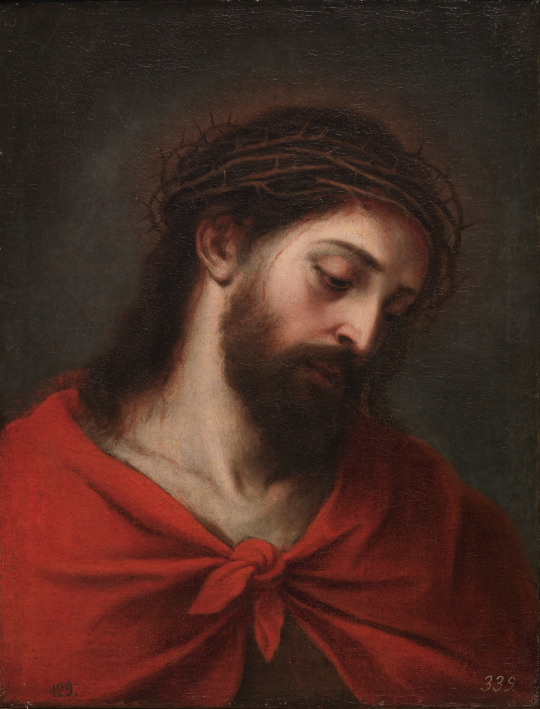
Bartolomé Esteban Murillo (Spanish, 1617-1682)
Ecce Home, c.1660-70
Museo del Prado
“Behold the man” (in Latin, Ecce homo) – the words Pontius Pilate used to present Jesus of Nazareth to a hostile crowd ahead of his crucifixion (John 19:5).
#Bartolomé Esteban Murillo#bartolome esteban murillo#murillo#art#ecce homo#christian art#european art#western civilization#catholic art#christian#catholic#classical art#Jesus Christ#Jesus#Christ#The Son of God#The Son of Man#fine art#fine arts#christentum#christendom#christianity#oil painting#spanish art#spanish#spain#mediterranean#crown of thorns#behold the man#hispanic
124 notes
·
View notes
Text
Patrzeć na Przebitego
Nie wiem jakich obrazów jest więcej – Bożego Narodzenia czy Bożej śmierci. Nie liczyłam. Boże Narodzenie jest źródłem radości. Ukrzyżowanie źródłem bólu. Ale zarazem nadziei, bo przecież wiemy, że On cierpiał i współcierpiał z nami i dalej cierpi i współcierpi z każdym cierpiącym. Ale wiemy, że zmartwychwstał. I my też zmartwychwstaniemy, jeśli będziemy wpatrywać się w najświętsze ciało…

View On WordPress
3 notes
·
View notes
Text
"Fue el orgullo lo que transformó a los ángeles en demonios, pero es la humildad lo que hace a los hombres ángeles." San Agustín de Hipona
'La visión de san Agustín'.
🎨 Murillo es terciario franciscano ––1665

#familiafranciscana#franciscanos#avemaria#terciariosfranciscanos#hailmary#franciscano#jesus#jesuschristo#sanfrancisco#terciariofranciscano#bartolomé esteban murillo#murillo#sanagustin
9 notes
·
View notes
Photo
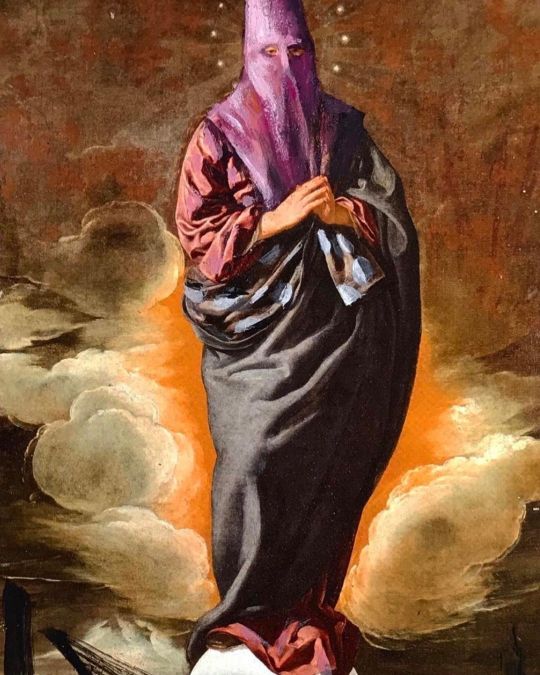
Promoción. #navidadx50 Como cada año en el mes de diciembre cada día hasta el día de reyes un original por 50 euros hoy este #inmaculada de #Velázquez 10x15 #acrilico sobre #postal con #lagiralda #torrepelli y #puentedelalamillo al fondo. ahora a trabajar y seguir trabajando en el proyecto" #sevilla en #fiestas " #semanasanta y #feria se darán la mano, tomando como punto de partida obra de grandes maestros como #zurbarán #murillo #caravaggio #gonzalobilbao #angladacamarasa #bacarisas #sorolla o #julioromerodetorres entre otros . #art #artepop #artcontemporary #arte #artstudio #interiorismo #interiordesign #interiorisme #lunaresycapirotes #querubin (en Estudio De arte y Diseño De Agustin Israel) https://www.instagram.com/p/Cl4n04XDnOS/?igshid=NGJjMDIxMWI=
#navidadx50#inmaculada#velázquez#acrilico#postal#lagiralda#torrepelli#puentedelalamillo#sevilla#fiestas#semanasanta#feria#zurbarán#murillo#caravaggio#gonzalobilbao#angladacamarasa#bacarisas#sorolla#julioromerodetorres#art#artepop#artcontemporary#arte#artstudio#interiorismo#interiordesign#interiorisme#lunaresycapirotes#querubin
2 notes
·
View notes
Photo


I swear this wasn’t on purpose.
5 notes
·
View notes
Photo

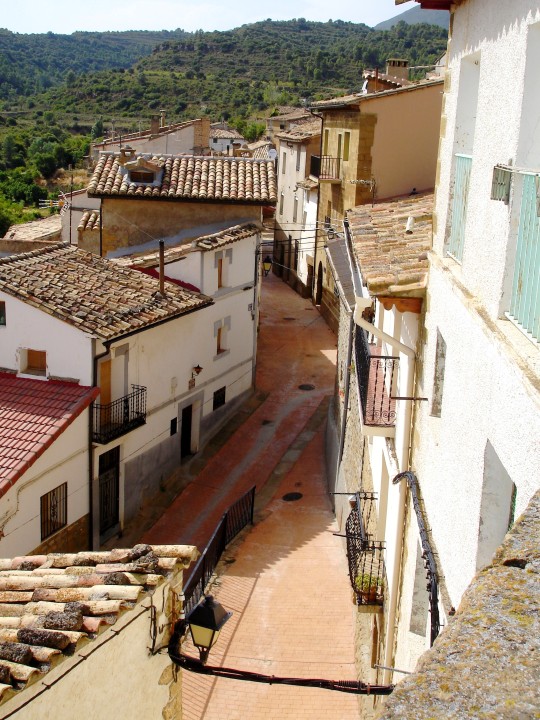
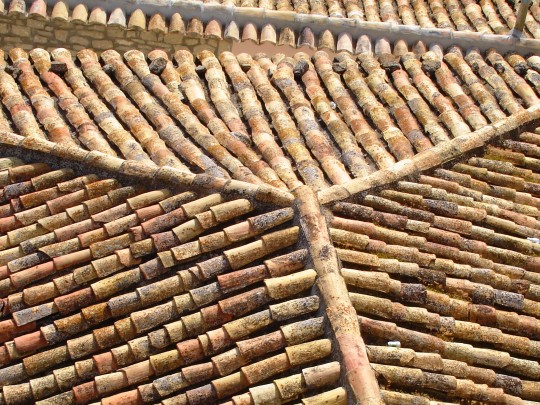

Retour à mon projet de présenter la plupart de mes 52795 photos
2009. Une semaine à Pau chez Christine.
On passe quelques jours en Aragon.
Murillo de Gallego et ses Mallos, les Mallos de Agüero (”ses” Mallos car il y a les plus célèbres : ceux de Riglos)
2 notes
·
View notes
